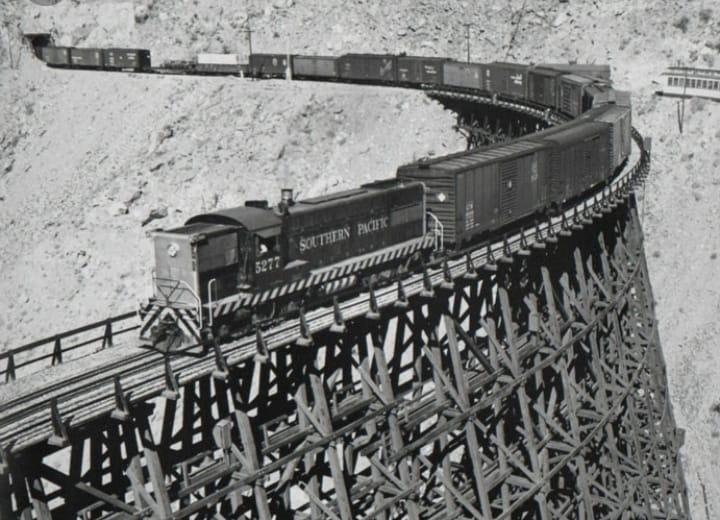The project is estimated to cost $32.8 million in construction and financing costs. Parcels will be assessed according to size with costs estimated, on average, to be $34,000 per parcel for owners.
According to the city’s underground utilities assessment guidelines, 30 days after the close of a public hearing, property owners have the option to pay the full amount or a portion of the assessment amount in cash, or wait until construction is close to starting.
Bonds will be sold for any unpaid portion of the assessment and a lien will be placed on the property until the bond is fully paid.
The undergrounding project, which was proposed by a group of residents seeking to improve neighborhood aesthetics, system reliability, and safety, would include trenching for new a conduit system and installation of a utility vault, removal of poles and wires, and the repaving of affected roadways and alleys.
Concerned citizens took to the podium to say that despite high property values and perceived wealth, many longtime Balboa Island residents are on fixed incomes and the assessment would impose an unfair financial burden. Others expressed concern that the construction could change the feel of the community, the majority of which is made up of quaint bungalows and narrow, tree-lined streets.
The California Public Utilities Commission’s (CPUC) Rule 20 sets policies and procedures for the conversion of overhead power lines and other equipment to underground facilities.
While Southern California Edison (SCE) assists residents and cities in establishing assessment districts and is responsible for removing existing polls and wires and completing the undergrounding work, the financial burden of moving utilities underground is not its responsibility.
“We are involved in helping to plan what to assess and determine the potential cost of an underground utility project depending on the situation,” SCE spokesperson David Song told The Epoch Times.
“The funding is driven by the local communities that have a desire for an underground system,” he said, adding that overhead wires cost substantially less than undergrounding.
“Underground projects cost about $3 million per mile, whereas an overhead could be more in the six figures per mile.”
Those in favor of the undergrounding expressed concerns that despite Balboa Island having its own fire station, antiquated electric wires and poles could be a potential fire hazard for the densely populated island, which has only two points of entry, as well as narrow streets and alleys.
Other property owners concurred with the safety concerns and also pointed to the benefits of improved views and a rise in property values they feel will result from the undergrounding.
One resident said that a similar undergrounding proposal 12 years ago had to be tabled after becoming irreconcilably contentious among island property owners.
“Had we done this back then, the assessment at that time would have averaged approximately $17,000 per parcel, half of what we are now looking at.”
Despite some outcry from opponents that the polling was improperly handled, the city clerk counted the 769 ballots during the council meeting, returned from the 966 distributed to residents, representing 79.6 percent of total parcels.
The tabulation of ballots submitted by property owners resulted in 65.3 percent in favor, 34.7 percent against.
The city council approved the assessment district by a vote of 4–0, with Councilman Duffy Duffield absent and councilmen Kevin Muldoon and Noah Blom recusing.





